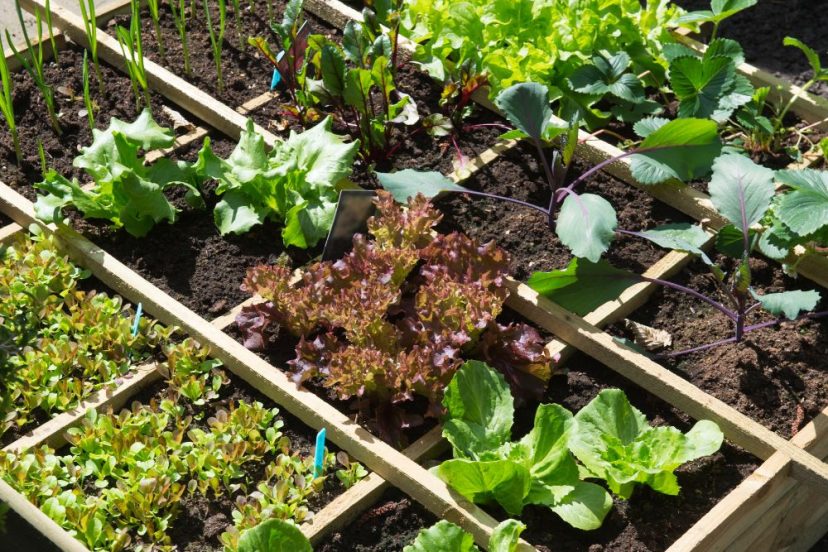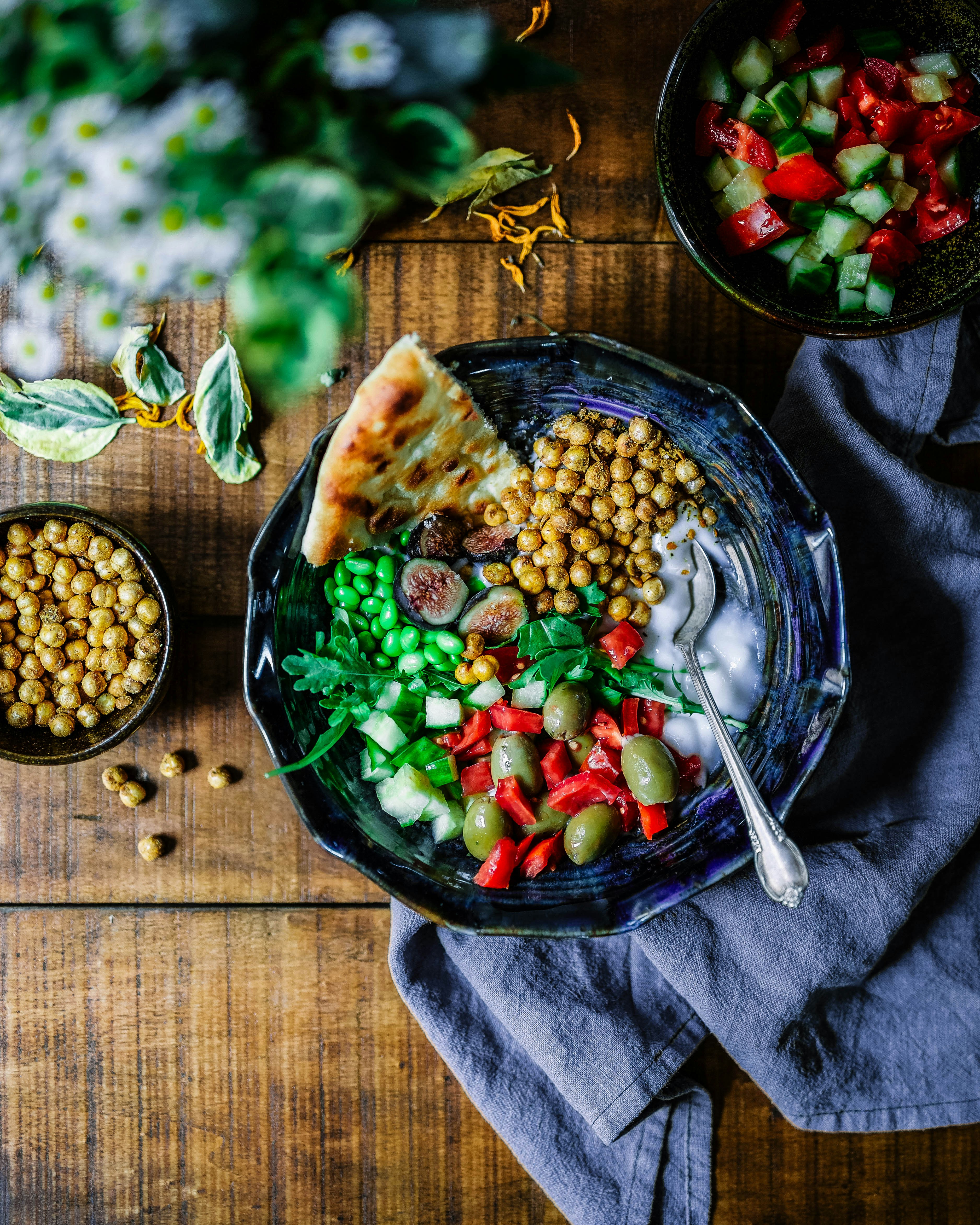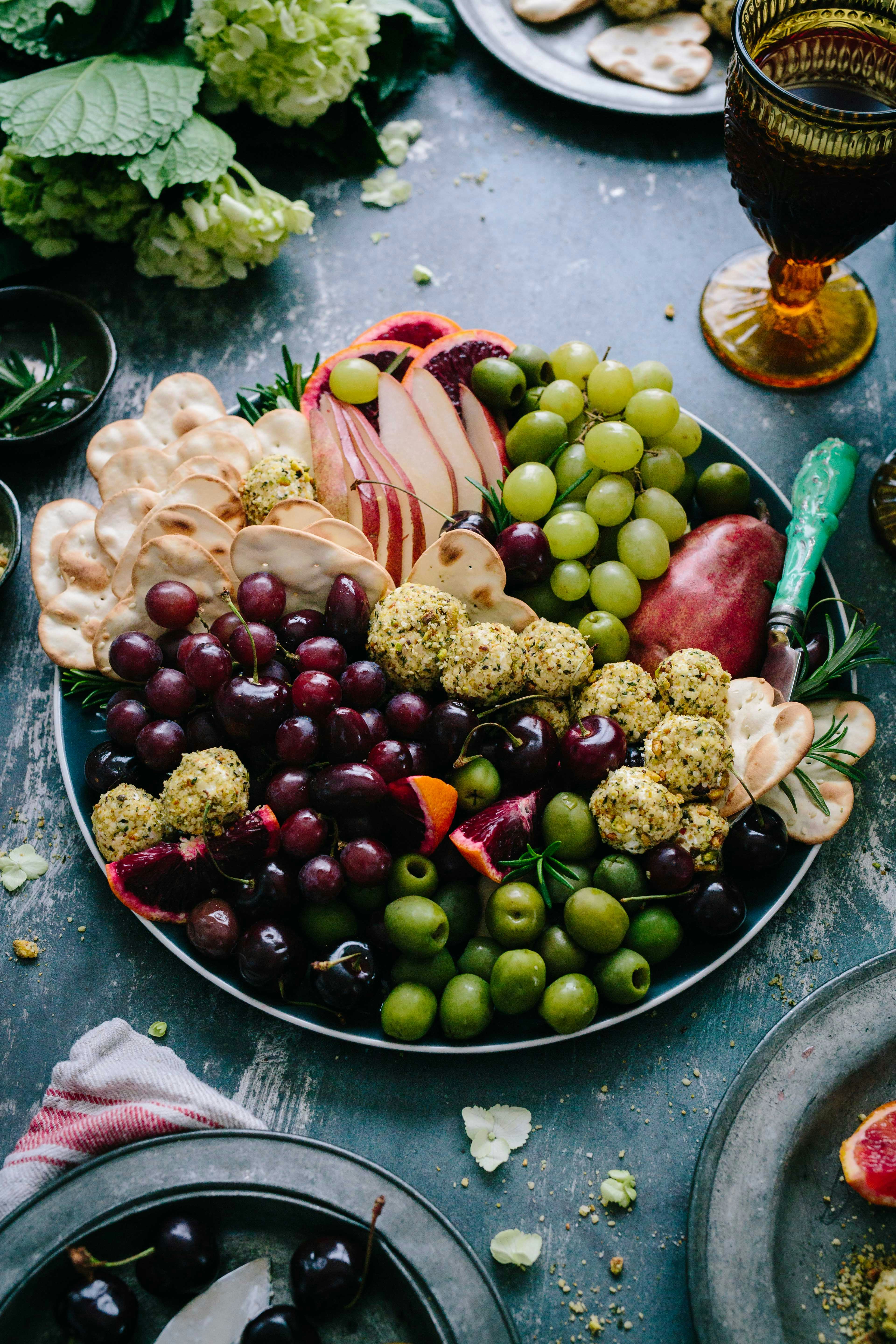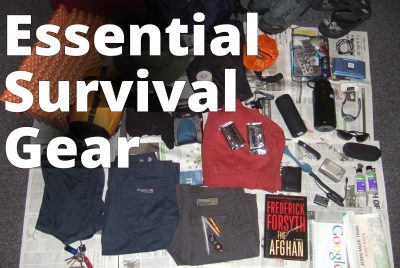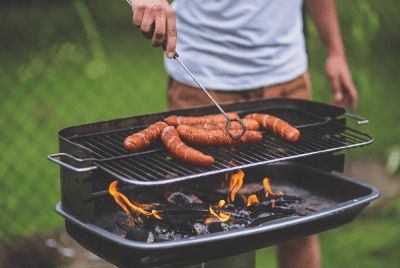Developing An Emergency Food Garden: Plants With Quick Yields
In the ever-changing world we live in, self-sufficiency is becoming an increasingly popular practice.
“Developing An Emergency Food Garden: Plants With Quick Yields” shares much-needed knowledge on creating a green space that not only brings beauty and tranquility to your life but also acts as a lifesaver during uncertain times.
The focus is on plants that grow rapidly, ensuring you have a robust store of nutritious, fresh produce right at your doorstep in a matter of weeks.

Understanding the Concept of an Emergency Food Garden
An emergency food garden is a patch of green specifically designed and maintained to provide you with a quick and reliable source of edibles in cases of food security adversities, such as job loss, extended natural disasters, or even during a global pandemic.
Just like a regular vegetable garden, it includes crops, but they are selected based on their fast growth rate and high nutritional value that can provide for your emergency nutritional needs while traditional food sources are scarce.
Defining an emergency food garden
An emergency food garden can be defined as a strategic selection of quick-yielding plants cultivated with the primary aim of providing essential food resources during times of emergency.
It typically includes various types of herbs, fruits, and vegetables that are easy to grow and maintain and provide a swift crop yield to keep you nourished when access to conventional food supplies becomes unreliable.
Importance of an emergency food garden
The significance of an emergency food garden cannot be overstated. It serves as a safety net, ensuring you have access to fresh, nutritious food even in difficult times.
By having control over what is grown in your garden, you can ensure the food remains free of harmful pesticides and genetically modified organisms (GMOs).
This method of growing your food also has implications for sustaining the environment by reducing carbon footprint and promoting biodiversity.
Criteria for Selecting Quick Yielding Plants
When selecting plants for your emergency food garden, there are several key factors you should consider to ensure you get the best yield in the shortest possible time.
Assessing plant growth rate
The rate of plant growth is an essential criterion when choosing what to grow in your emergency food garden.
Fast-maturing plants are ideal for this type of garden. Leafy greens like spinach and lettuce, radishes, and green onions are some examples of fast-growing vegetables.
Environment compatibility
Different plants thrive in different environmental conditions. Consider your local climate, the amount of sunlight your garden will get, and the quality of your soil.
Choose plants that are known to grow well in these conditions.
Consideration of nutritional value
While quick yield is a key factor, nutritional value is equally important. Opt for plants that provide a balanced intake of nutrients.
Include a mix of leafy greens, root vegetables, tubers, and fruits to ensure a variety of vitamins and minerals.
The Importance of Soil Preparation
Preparing your soil properly is crucial in growing a successful emergency food garden. It can determine how well your plants will thrive and, ultimately, the yield of your crops.
Understanding soil types
Different plants prefer different types of soil. While some plants thrive in sandy soil, others prefer clay or silt.
Knowing the type of soil in your garden will help you choose plants that can grow well in it or amend it to suit a wider range of plants.

Soil nutrient management
Nutrient-rich soil is essential for a successful garden. Organic matter like compost or manure can be added to increase nutrient content, promoting strong and healthy plant growth.
Role of soil pH in plant growth
Soil pH plays a crucial role in how well plants can take up nutrients from the soil. Most vegetables and herbs prefer a slightly acidic to neutral pH.
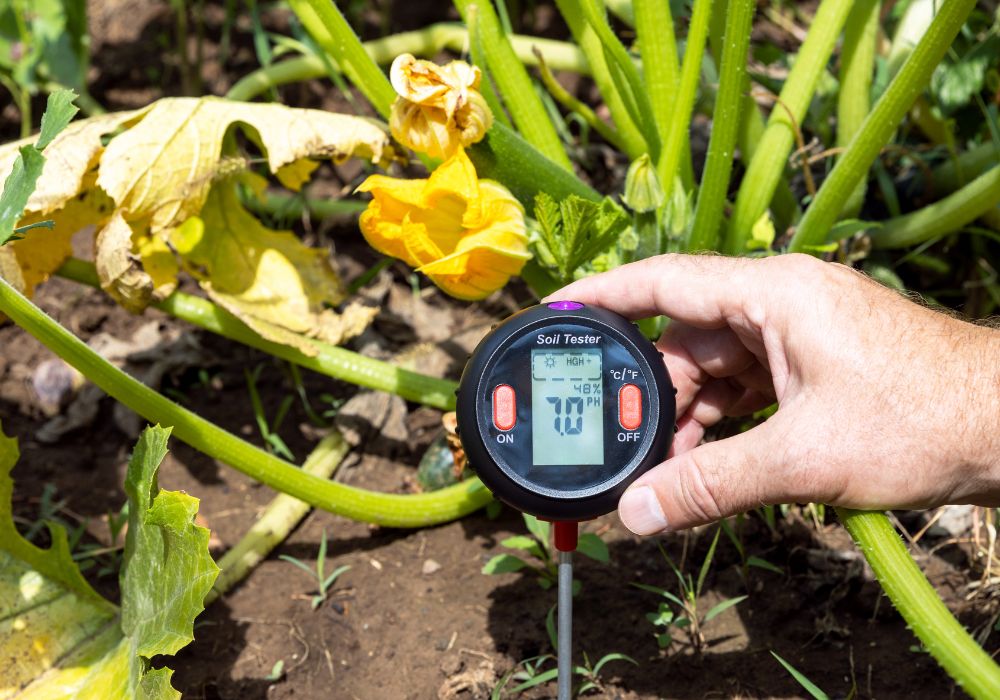
Testing your soil’s pH can help you make the necessary adjustments to optimize plant growth.
Watering and Fertilization Considerations
Correct watering and fertilization are fundamental to supporting the health and productivity of your emergency food garden.
Optimal watering methods
The optimal watering method varies depending on your soil type and the specific needs of your plants.
However, a general rule is to water deeply and infrequently to encourage the growth of deep roots, which make the plants more resilient against drought.
Choosing the right fertilizers
Organic fertilizers, such as compost or manure, can supply your plants with the nutrients they need while also improving soil structure and beneficial soil organisms.
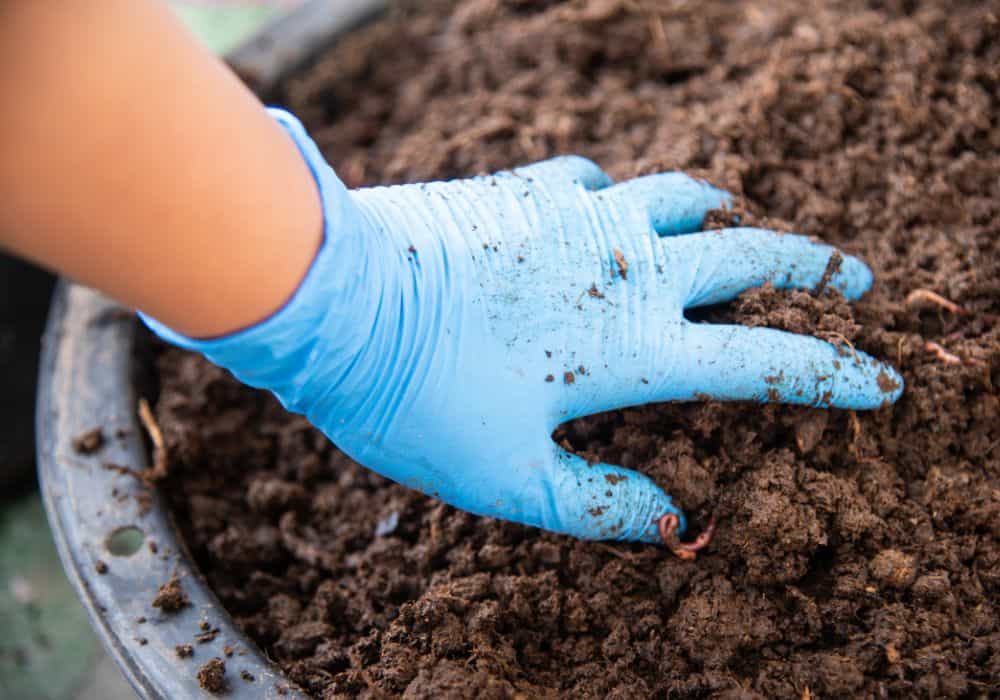
When choosing a fertilizer, consider one that will provide a range of nutrients—nitrogen, phosphorus, and potassium are essential for plant growth.
Effects of over or under watering and fertilization
Overwatering and over-fertilization can harm your plants just as much as not watering or fertilizing enough.
Too much water can lead to the roots rotting, while too much fertilizer can “burn” your plants by creating a high salt concentration in the soil that dehydrates the plant cells.
Starting Seeds Indoors
Starting seeds indoors lets you get a head start on your growing season, especially useful when you’re aiming for a quick crop yield.
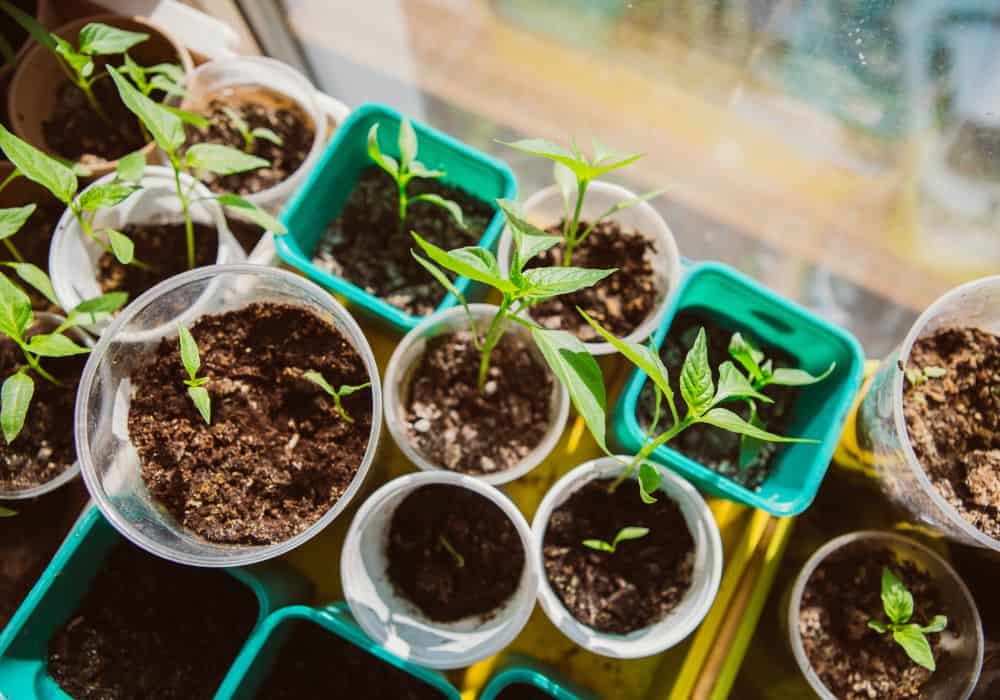
Choosing the right containers
When starting seeds indoors, small pots or seed trays with drainage holes work best. They allow water to drain, preventing the seeds from getting waterlogged and discouraging mold growth.
Proper seed-sowing techniques
Seeds should be sown at the correct depth, which is usually twice the size of the seed. They should also be kept moist but not wet.
Placing your containers in a warm spot with good access to sunlight will also give your seeds the best chance of germinating.
Transplanting seedlings
Once your seedlings have grown two sets of true leaves (the ones that appear after the seed leaves), they’re ready to be transplanted.
This can be done into bigger pots indoors or directly into your outdoor garden if the weather is suitable.

Transplanting and Direct Sowing Outdoors
Once your plants have reached a certain size or the weather conditions are right, you can move your crops outdoors.
Choosing the right location
Choose a location for your garden that gets plenty of sunlight, ideally at least six hours a day for most vegetables and herbs.
The location should also have good access to water and be protected from strong winds.
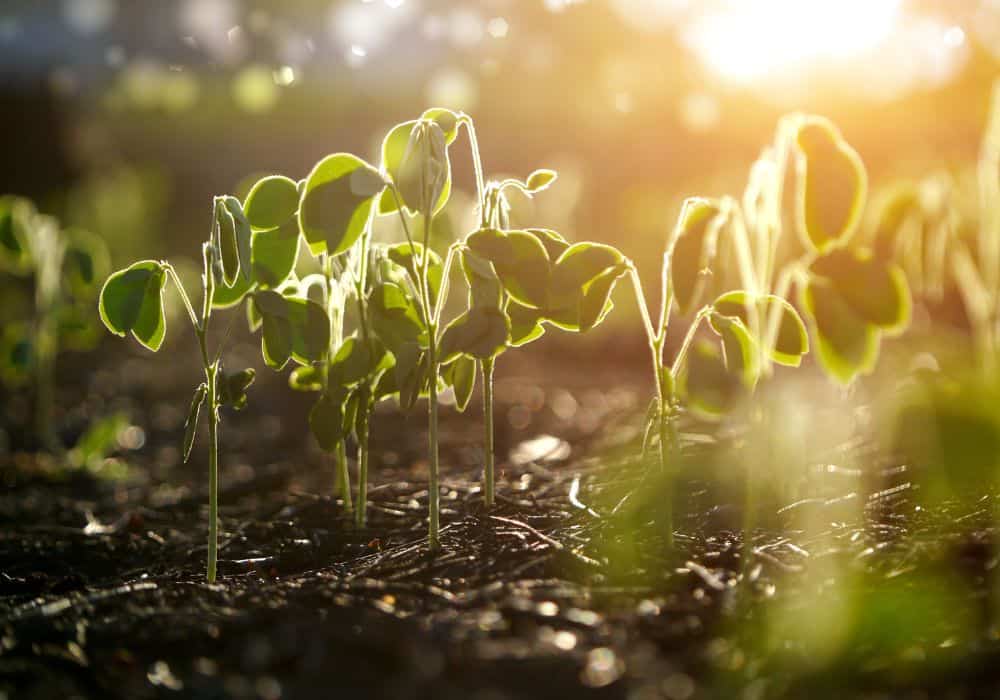
Proper transplanting techniques
When transplanting your seedlings, dig a hole big enough for the roots to fit in comfortably.
Gently place the plant in the hole, then fill in the gap with soil, firming it around the base of the plant.
Direct sowing advantages and disadvantages
While transplanting allows you a head start on the growing season, direct sowing outdoors can be advantageous as it eliminates the need for a transition period, minimizing the risk of transplant shock.
However, direct-sown seeds may be more vulnerable to weather extremes and pests.
Caring for the Garden during Growth
Once your crops are in the ground and growing, ongoing care is critical to ensure a successful yield.
Proper weeding techniques
Weeds compete with your plants for resources, so it’s crucial to keep your garden weed-free. Hand-pulling is a simple and effective method. Regular hoeing can also keep weed numbers down.
Dealing with pests and diseases
Keep an eye out for signs of pests and diseases. Natural remedies like neem oil and homemade insecticidal soap can deal with many common pests.
Crop rotation can also help prevent the build-up of pests and diseases in your soil.
Importance of mulching
Mulch helps conserve soil moisture, suppresses weeds, and can add organic matter to the soil as it breaks down.
Straw, grass clippings, and leaves can all be used as mulch.
Types of Quick-Yielding Plants
Different plants offer different yields and nutrient values. Here are some quick-yielding vegetables, herbs, and fruits for your emergency food garden.
Vegetables with quick yields
Leafy greens such as spinach, lettuce, and kale are fast-growing and nutrient-rich. Radishes, green onions, and bush beans also have quick yields.
Herbs with quick yields
Herbs like basil, dill, and cilantro not only offer quick yields but also add flavor to your meals.
They can be continuously harvested throughout the growing season.
Fruits with quick yields
Strawberries and tomatoes are excellent choices for an emergency food garden.
Their fruit yield is quick, and they continue to produce throughout the growing season.
Harvesting Your Quick Yielding Plants
Knowing when and how to harvest your crops will ensure you get the most from your garden.
Indications of plant maturity
Signs that your plants are ready to harvest vary among different crops. However, color, size, and texture are common indicators. Familiarize yourself with what a ripe vegetable or fruit of each type should look like.
Proper harvesting techniques
The method of harvesting varies depending on the plant. Some crops, such as lettuce and herbs, can be continuously harvested by picking leaves as needed.
Others, like carrots and potatoes, are harvested all at once.
Increasing yield through successive planting
To maximize your yield, consider successive planting techniques. This involves planting new seeds every couple of weeks to ensure a continuous supply of fresh crops throughout the growing season.
Storing and Preserving Your Harvest
To ensure the longevity of your harvest, proper storage and preservation techniques must be practiced.
Pre-harvest handling
The manner in which you care for your plants before harvesting can have an impact on their post-harvest life.
Minimizing pests, diseases, and physical damage and avoiding over- or under-watering can all contribute to the longevity of your crops post-harvest.
Post-harvest storage methods
Different crops require different storage methods. Some vegetables, such as potatoes and onions, need a cool, dark, dry place.
Others, including most fruits, should be stored at room temperature.
Preservation techniques for longer shelf life
For longer-term storage, consider preservation techniques such as canning, freezing, or drying.
These methods can extend the shelf life of your crops and allow you to enjoy your harvest long after the growing season is over.

